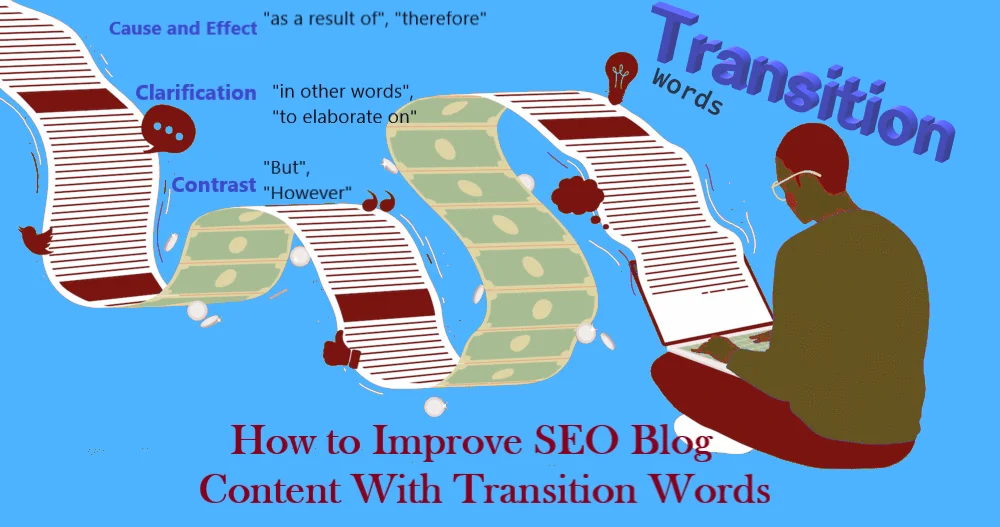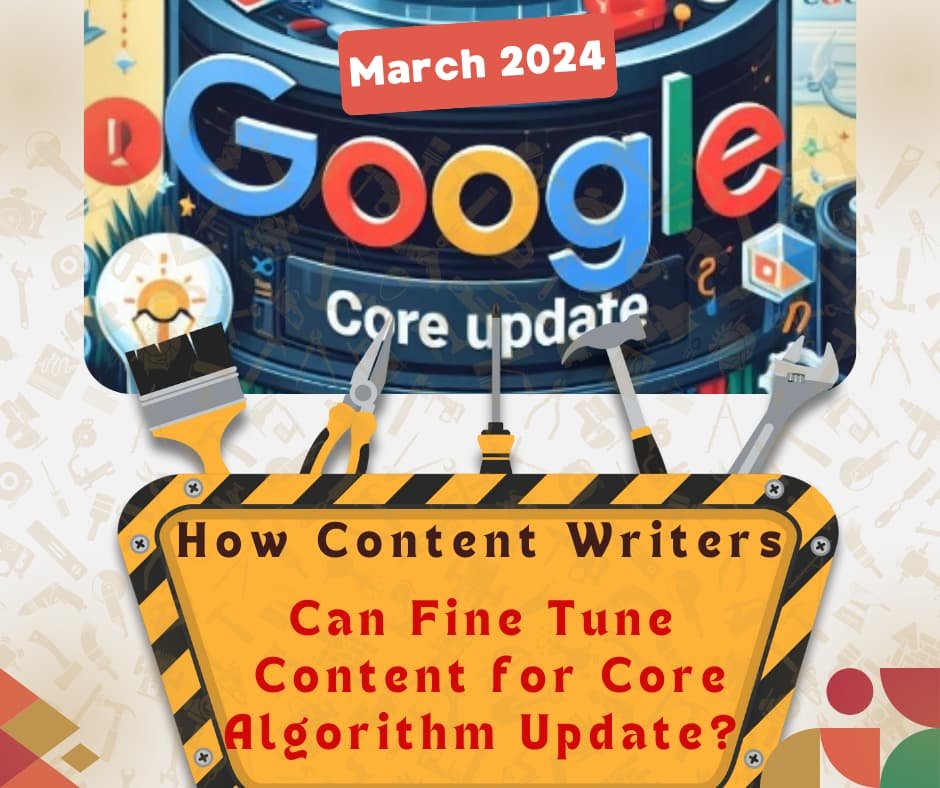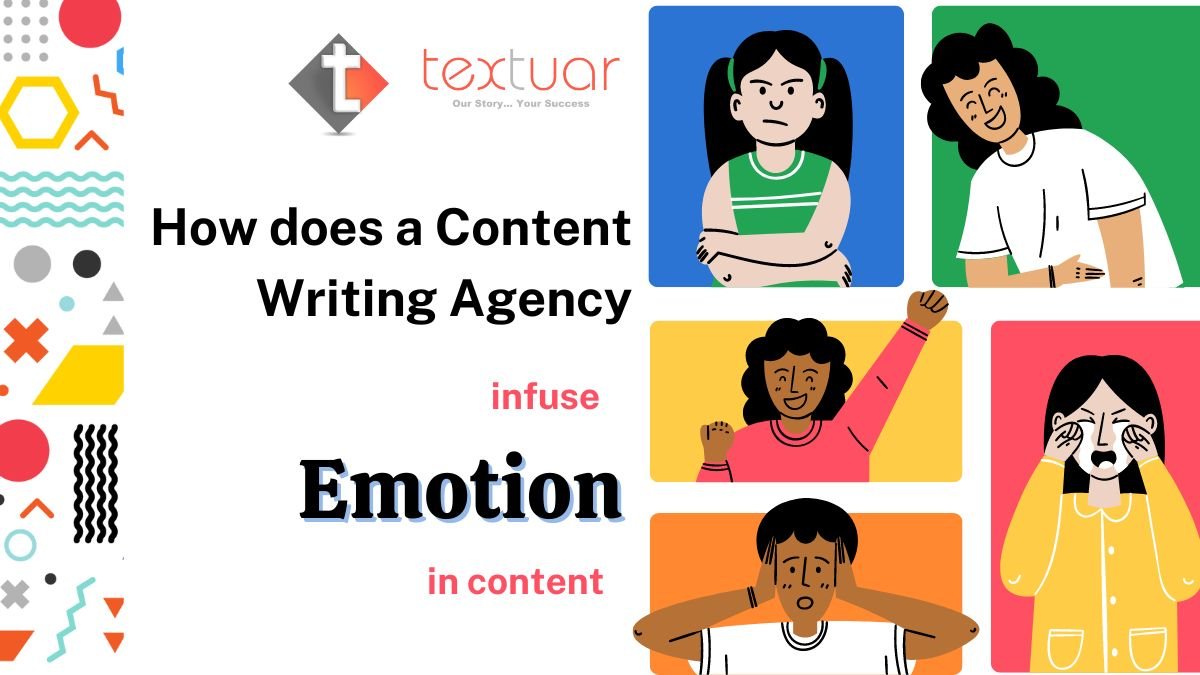Readability is one of the most important indicators of overall quality for SEO blog content. As a content editor, you need to make sure that all of your website’s content is clear, concise and easy to read. And this is where transition words come into the picture.
=== Table of Contents ===
ToggleEnsuring that your content is optimized for readability makes sure that the audience interacts with your posts. If your work focuses on SEO, then the readability is an essential consideration that you will have to make.
Learn more – How to use Readability in SEO blog writing
The Importance of Readability in SEO Blog Content
One thing that you have to consider at all times is the fact that the reading levels of your audience are not as high as you think it is. According to research conducted by the Program for the International Assessment of Adult Competencies (PIAAC), mean reading levels across countries are not very high. This means that you should not be using complex language as it can scare off customers and readers. For a brand, this means a business opportunity lost forever.
It is an excellent idea to keep your written language straightforward and conversational. One grammar trick that can help your text become more conversational is a transition word or phrase. Such types of words help make the flow of the blog narrative seem more natural.
SEO blog writing companies use this grammar hack to improve the content’s readability. Since they connect the ideas and sentences, the flow becomes smooth instead of being jarring and abrupt.
What Exactly Are Transition Words?
First things first, you should know what exactly transition words are. In the English language, conjunction words like “and”, “but”, “so”, etc. are called transition words.
The most basic transition words in SEO blog writing are conjunctions. They join two phases or clauses together. Again “and”, “but”, and “or” become examples of conjunctions that double up as transition words.
Apart from transition words, transition phrases like “as a result of that”, “in spite of”, etc. These are highly important as they help showcase the relationship that exists between different sections of your text. They help to introduce a natural flow, which enhances the overall readability.
Examples of Transition Words/Phrases
Here is an example that will be able to illustrate exactly how a transition word/phrase works. “I tripped over a stone. As a result, I fell and hurt my knee.” Using the “as a result” phrase, you will communicate to the reader that the two events are connected. It is an effortless way to illustrate that these two disjoint sentences are talking about the same process. They are handy tools.
Transition words are very versatile, and they don’t always have to be placed at the beginning of your sentences. Your transition phrase can even take the form of a simple conjunctive word, such as “and” or “because”.
Consider this sentence, “I like talking to him because he makes me laugh.”
Over here, the word “because” is connecting two separate clauses. But it still manages to convey the intent very well. These words can be used to link paragraphs as well.

Why are Transition Words Crucial for SEO Blog Content?
Content writers who focus on content quality for better rapport with readers will present their ideas in a structured and organized manner. If your text seems to ramble, then your reader might end up getting frustrated or confused.
Using transitional phrases like “firstly”, “secondly”, etc., you will also be able to show your readers the relationship between your arguments and your conclusions.
You will see that people find transitional content significantly easier to read, rather than a chunk of text with no discernible sequence. Even if your content has no sequence within itself, you can always give a semblance of order to make things easier for the reader.
Simplifying the reading level for your readers can be a great way to help your brand appear approachable and establish a human connect with inbound marketing.
Showing the exact relationship between your different paragraphs and sentences helps the readers to be engrossed in the content that they enjoy reading it till the last word.
How Transition Words and SEO Structuring Go Hand in Hand
Even though transition words themselves do not directly bear on SEO, they play a massive role in your content’s overall readability and simplicity. If the content on your website is readable and of high quality, it will rank better on organic search engine results. At least 93% of all online experiences begin with a Google search. This is the primary reason why you should optimize your content in the best way possible.
As a content editor, you must also know how important the structure of your text is. As has been mentioned before, transition words can lend structure and reason to your content. Readers will see a logical link emerging from one paragraph to the other. They will understand what you have written, and they will be able to glean all the knowledge in the best way. It will attract readers to your blog and help you to enhance traffic and conversions.
Types of Transition Words
Depending on the type of transition you are looking to make in your writing, there are many words at your disposal. The English language is extremely versatile, and you will find multiple choices at your disposal. Depending on the context in which they’re used, the transitional words can mean different things. If you are not a native speaker of English, you will have to be careful while using such transitional words yourself.
1 – Cause and Effect
Examples include “as a result of”, “therefore”, “consequently” and more. These phrases and words are a great way to showcase cause and effect properly. Here’s an example – “He was exhausted. Therefore, he went to bed early.”
2 – Clarification
These phrases are used to provide some clarification to the minds of the reader. Examples include “in other words”, “to clarify”, etc. Here’s an example – “I hate school. In other words, I’m going to bunk classes today.”
3 – Contrast
This is an exciting category of words that allows the content writer to introduce a concept and then provide a contrasting concept. Here is an example for you – “I don’t like eating chicken. However, I am fond of chicken nuggets.”
4 – Example
This is one of the most commonly used transitional words. Examples include “for example” and “for instance”. Here’s an example – “I want to do something fun this evening. For instance, ‘I was thinking I will go catch a movie.”
5 – Emphasis
These can be used to emphasize a specific thing you said before. Emphasis words can be used to nudge readers’ behavior also. For example, “You should always wear your helmet. Above all, it keeps you safe.”
6 – Chronology
Another transition word type is chronological, where you give the reader some idea about the order of events. Examples include “during”, “subsequently”, “then”, “consequently” and more. Here’s an example – “I was famished. Consequently, I ordered two whole burger meals.”
7 – Similarity
Examples include “similarly”, “likewise”, etc., and their objective is to show the similarity between two different ideas or sentences. Here’s a great example. “Star Wars is a great science fiction movie. Similarly, I think Star Trek is great too.”
8 – Summarize
This is a type of word that you can use to summarize all of the things you have said and provide a proper conclusion. Some good examples include “in conclusion”, “last of all”, “to sum up”, “in short”, etc. Here’s an example – “To sum up, you should exercise daily.”
To sum it up
In conclusion, the most effective way to apply transition words to your content is by knowing the words themselves. If you know the different words and phrases and the contexts in which they are used, you will apply and make the most of them. It is also essential to be aware of what you are writing. Try to maintain a running logical link right from the beginning, so that readability is ensured.
















